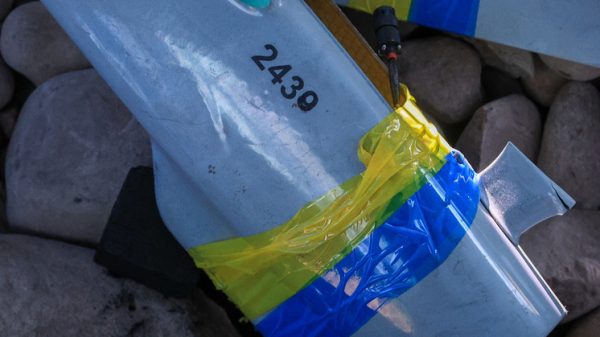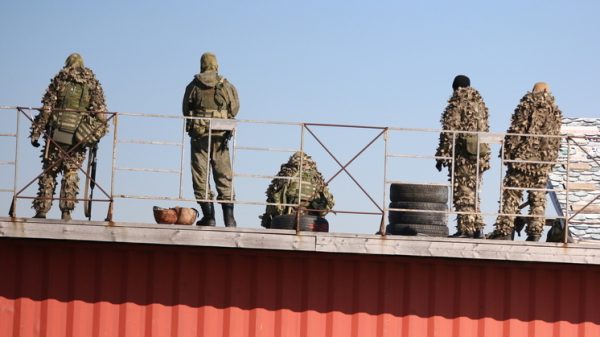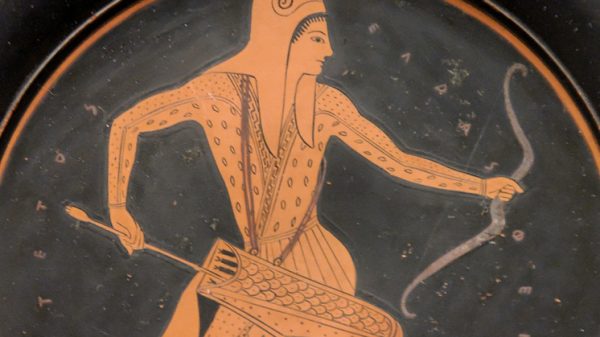Some on Niue want to travel through time.
The lone Pacific island, one of the smallest nations on Earth, is considering jumping west across the international dateline, to come forward in time, almost a full day.
“I don’t, at the moment, think that there’s any disadvantage to changing … I’m open-minded to it,” Dalton Tagelagi, the premier of Niue, told the Guardian in an interview that occurred on both Wednesday and Thursday.
“But we want to ensure if we make any change, it is to the benefit of our country and our people.”
The international dateline, the arbitrary line that theoretically divides yesterday from today, lies just to Niue’s west, putting it 23 hours behind New Zealand, the country with which it has closest relations. Some 95% of Niue’s population lives off the island, the vast majority of those in Auckland.
Niue’s Covid election: MP wins seat on coin toss as lawn bowls king becomes leader
Read more
The connection to New Zealand goes beyond the diaspora. About the size of the city of Edinburgh and with a resident population of 2,000, Niue is part of the Realm of New Zealand: its people are automatically New Zealand citizens, and Wellington is responsible for the island’s defence and foreign affairs.
Long-time Niue parliamentarian Terry Coe put forward a motion to the country’s parliament, the Fono Ekepule, proposing the dateline switch he argues will help visitors to the island.
“They [will] know if they leave New Zealand, they leave on Tuesday, they get here on Tuesday.”
The motion was not passed, but Tagelagi said the government wanted to “keep the proposal alive” for future consideration.
“It might sound simple to just say we want to change where the dateline is, but we have to weigh up the benefits and challenges. We are working on this. The government is doing that work, talking to airlines and other nations about what it would mean.”
Tagelagi said business owners on the island had advocated for the change. “And also in the government, we are looking ourselves in our own dealings with our major donor partners New Zealand and Australia. They are on the weekend when we are working on a Friday: then they start on a Monday and we are all at church.”
Tagelagi said any change would need the support of the Niuean people, who are overwhelmingly Christian. “We are a very religious people. If we change, some people might still believe it’s not yet Sunday for church. It needs to be the people’s call.”
The 180 degree meridian – the antemeridian to the prime meridian running through Greenwich in the UK – was selected as the international dateline at a conference in 1884 in Washington DC. The meeting – at which Hawaii was the only Pacific representative – decided the line that divided today from yesterday would run through the middle of the central Pacific.
Niue, the Pacific island struggling to cope as its population plummets
Read more
Yet the dateline is far from straight already. It runs at angles through the Chukchi and Bering seas, dividing Russia from the US state of Alaska. And it veers dramatically east to loop around Kiribati’s Line Islands before heading back west, bisecting neighbours Samoa and American Samoa, as well as Niue and Tonga, which are just 600 kilometres apart but separated by almost a full day.
Nor is the line fixed. Other countries have had the dateline moved around them. In 1892, Samoa moved to the eastern side of the line.
In 2011, it jumped back again, along with Tokelau, skipping 30 December that year entirely, to align more closely to New Zealand and Australia. Seventh Day Adventists on Samoa changed their day of worship from Saturday to Sunday when the date moved, a change they still observe.






















































Свежие комментарии